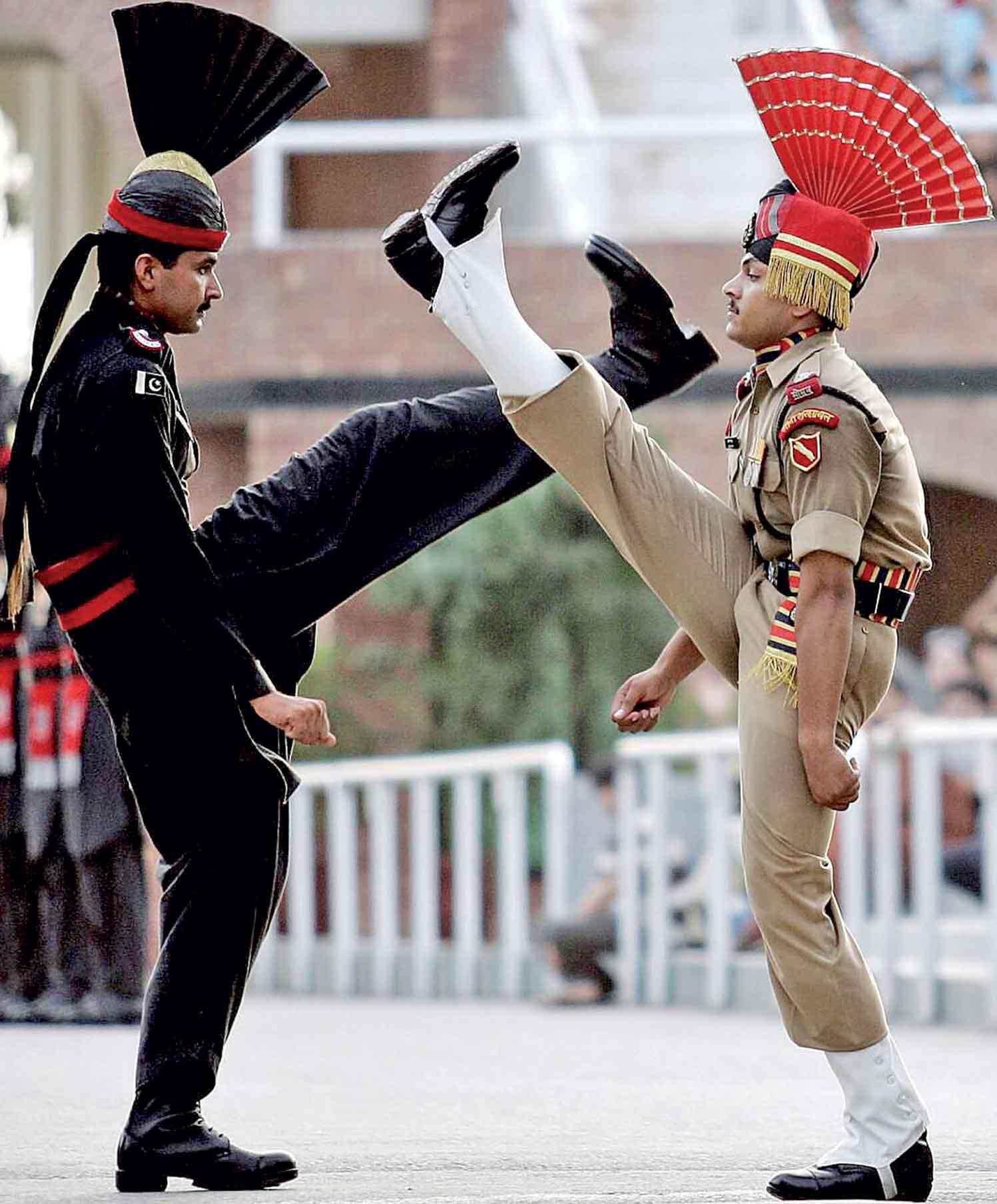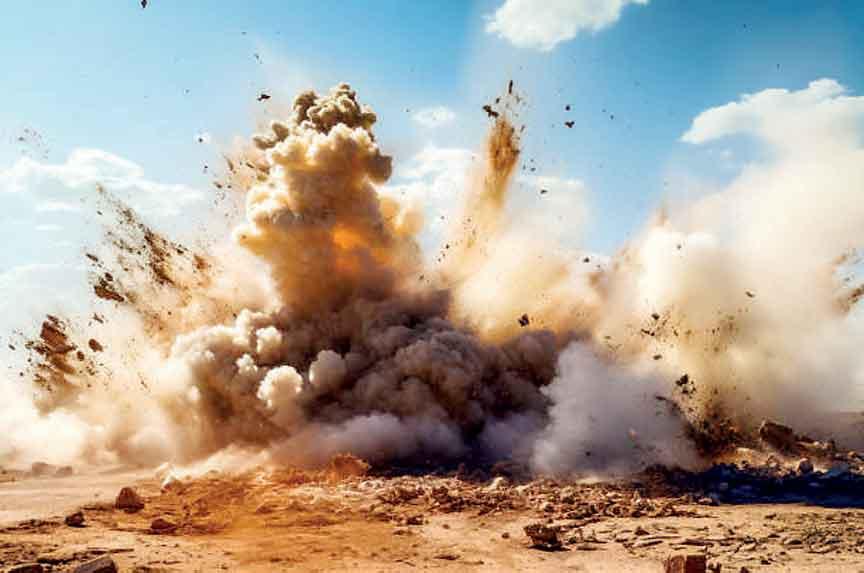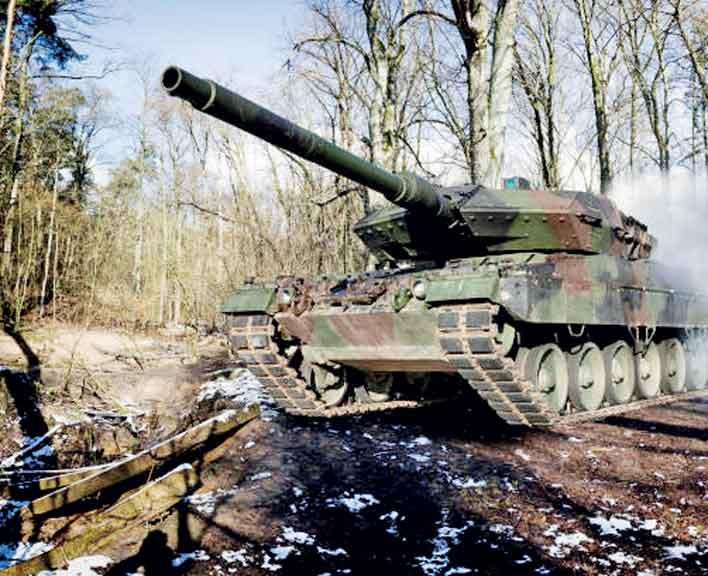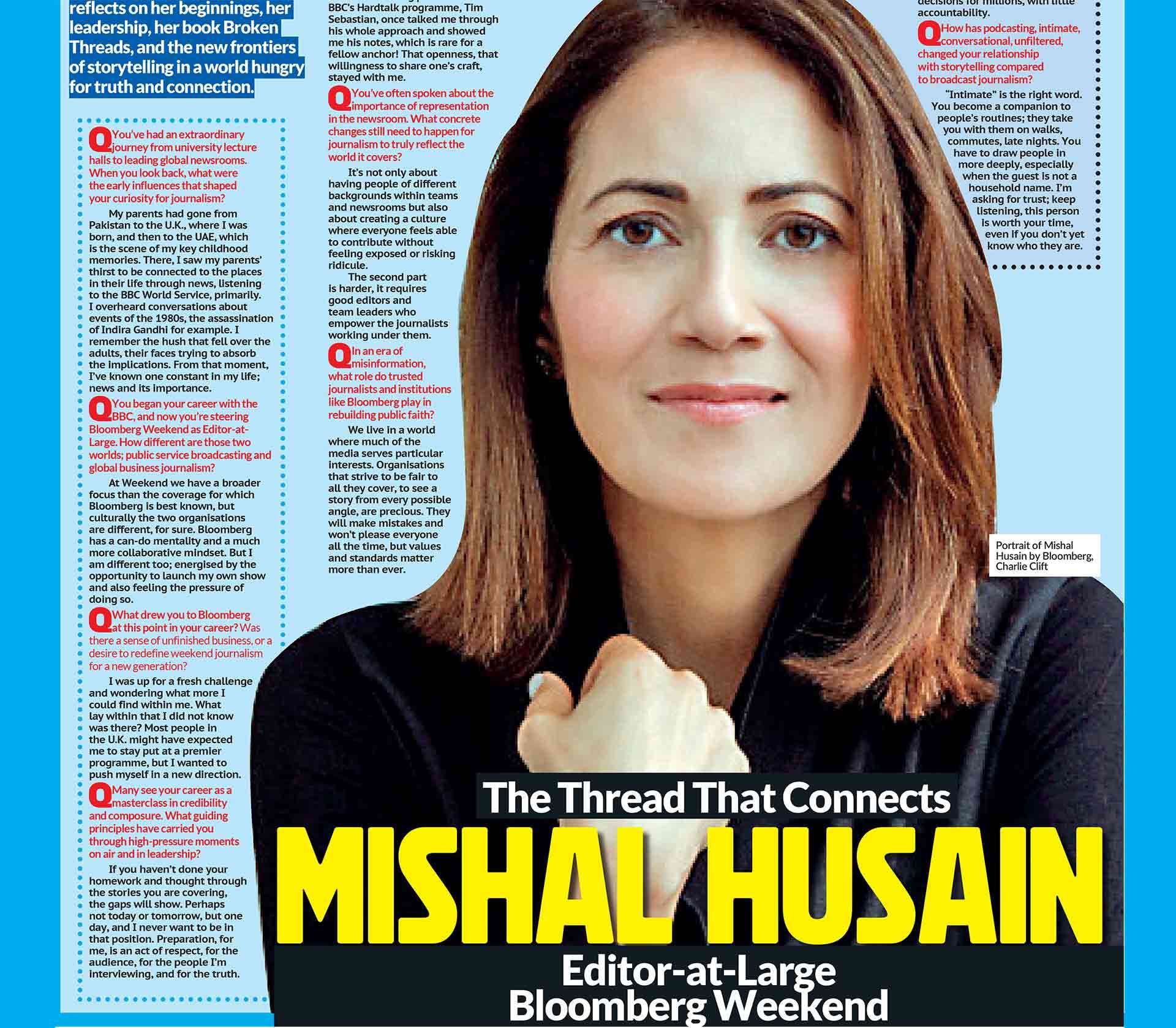


The most decisive and transformative conflict between India and Pakistan came in 1971, during the Third Indo-Pakistani War. This war had its origins not in Kashmir but in East Pakistan, now Bangladesh
The India-Pakistan conflict is one of the most enduring and volatile rivalries in modern international relations. Since the creation of the two nations in 1947 following the end of British colonial rule, India and Pakistan have engaged in a series of wars, military stand-offs, and hostile diplomatic exchanges that continue to impact the peace and security of South Asia. The causes of these repeated confrontations lie in a complex web of historical grievances, territorial disputes, religious and nationalistic fervor, and unresolved issues stemming from the traumatic partition of British India. The most enduring and contentious of these disputes is the status of Jammu and Kashmir, a region claimed in full by both nations but administered in parts. Today we explore the series of wars fought between India and Pakistan, the underlying causes of these conflicts, the consequences for regional and global stability, and the persistent shadow of hostility that hinders the possibility of long-term peace.
The seeds of conflict between India and Pakistan were sown in August 1947, when British India was divided into two independent dominions based on religious majorities: India, a secular republic with a Hindu majority, and Pakistan, created as a homeland for Muslims. The partition resulted in one of the largest and bloodiest migrations in human history, with an estimated 10 to 15 million people displaced and more than a million killed in communal riots and violence. Among the many unresolved issues left in the wake of partition was the question of princely states; autonomous regions whose rulers were given the option to join either India or Pakistan. One such state was Jammu and Kashmir, ruled by a Hindu monarch, Maharaja Hari Singh, but with a majority Muslim population. The Maharaja’s indecision on whether to accede to India or Pakistan led to a crisis when Pakistani tribal militias invaded the region in October 1947, allegedly supported by Pakistan’s government. In response, the Maharaja sought military help from India and signed the Instrument of Accession, formally joining India.
India’s military intervention in Kashmir triggered the First Indo-Pakistani War, which lasted from 1947 to 1948. It was a conventional war fought over control of Kashmir, with both nations sending regular forces into the territory. The conflict ended in January 1949 through the mediation of the United Nations, which brokered a ceasefire. This resulted in the establishment of the Line of Control (LoC), dividing Kashmir into two parts: one administered by India and the other by Pakistan. However, the ceasefire did not bring peace, as both countries maintained their claims over the entire region, leaving the Kashmir issue unresolved. The war entrenched mistrust and enmity between the two new states and laid the foundation for future conflicts.
The Second Indo-Pakistani War occurred in 1965, again over the disputed region of Kashmir. By this time, both India and Pakistan had built up more substantial military capabilities. In an effort to reignite rebellion in Indian-administered Kashmir, Pakistan launched Operation Gibraltar in August 1965, sending infiltrators disguised as locals to incite an uprising. However, the plan backfired, and India launched a full-scale counterattack, crossing the international border and engaging Pakistani forces in Punjab and other sectors. The war saw major tank battles and aerial dogfights, resulting in significant casualties on both sides. The conflict reached a stalemate, with neither side achieving a decisive victory. A ceasefire was eventually negotiated with the help of the Soviet Union and the United States, culminating in the Tashkent Agreement signed in January 1966. Under this agreement, both nations agreed to withdraw to pre-war positions and seek peaceful means to resolve disputes.
However, the war did nothing to resolve the Kashmir issue and further cemented the adversarial relationship between the two nations.
The most decisive and transformative conflict between India and Pakistan came in 1971, during the Third Indo-Pakistani War. This war had its origins not in Kashmir but in East Pakistan, now Bangladesh. East Pakistan was culturally, linguistically, and economically distinct from West Pakistan, and grievances over political marginalization led to growing demands for autonomy. In 1971, the situation exploded when the Pakistani military launched a brutal crackdown on Bengali nationalists in East Pakistan, leading to widespread atrocities and the displacement of around 10 million refugees into neighboring India. The Indian government, under Prime Minister Indira Gandhi, decided to intervene militarily, both to stop the humanitarian crisis and to support the Bengali liberation movement known as the Mukti Bahini. India formally entered the war in December 1971. Within just 13 days, Indian forces, in collaboration with the Mukti Bahini, decisively defeated Pakistani forces in the east. Over 90,000 Pakistani soldiers surrendered, and the war concluded with the creation of Bangladesh as an independent nation. The 1971 war was a humiliating defeat for Pakistan and marked a major geopolitical shift in South Asia.
Following this war, the Simla Agreement was signed in 1972, in which both nations agreed to resolve disputes through bilateral dialogue and respect the sanctity of the Line of Control. While this agreement aimed to reduce the chances of future conflict, tensions persisted, especially in Kashmir. Over the following decades, India and Pakistan continued to experience sporadic skirmishes and low-intensity conflicts, but the next major confrontation came in 1999 with the Kargil War. This conflict occurred shortly after both countries had declared themselves nuclear powers through a series of tests in 1998, raising global concerns about a nuclear confrontation. In Kargil, Pakistani soldiers and militants crossed the Line of Control and occupied strategic peaks in Indian-administered Kashmir. India launched Operation Vijay to evict the infiltrators, leading to intense mountain warfare. After global diplomatic pressure, particularly from the United States, Pakistan agreed to withdraw. The Kargil War marked the first open conflict between two nuclear-armed nations and further eroded trust between India and Pakistan.
Beyond these full-scale wars, India and Pakistan have experienced numerous military stand-offs and terror-related incidents.
A major turning point was the 2001 Indian Parliament attack, which led to massive troop mobilizations on both sides. Another major incident was the 2008 Mumbai terrorist attacks, which killed over 170 people and were traced to the Pakistan-based group Lashkar-e-Taiba. These attacks froze diplomatic relations and led to increased international pressure on Pakistan to crack down on terror outfits. More recently, in 2016, a deadly attack on an Indian army base in Uri prompted India to carry out “surgical strikes” across the LoC, targeting terrorist launch pads. In 2019, a suicide bombing in Pulwama, which killed over 40 Indian paramilitary personnel, escalated tensions further. India retaliated with airstrikes on Balakot in Pakistan, claiming to have destroyed a terrorist training camp. Pakistan responded with its own airstrikes, resulting in an aerial dogfight and the capture of an Indian pilot, who was later released.
The presence of nuclear weapons has added a complex and dangerous dimension to the India-Pakistan conflict. While some analysts argue that nuclear deterrence has prevented full-scale wars since 1999, others point out that it has emboldened low-intensity warfare, including proxy battles and terrorism.
India adheres to a No First Use (NFU) policy regarding nuclear weapons, although recent political rhetoric has cast some doubt on its long-term adherence to this stance. Pakistan, on the other hand, maintains a first-use doctrine to deter any conventional attack from India. This nuclear backdrop makes every skirmish or escalation a potential trigger for a wider catastrophe.
Despite the deep-rooted hostilities, there have been numerous attempts to build peace between the two countries. These have included high-level summits such as the Agra Summit in 2001, the Composite Dialogue Process covering a range of issues including trade and terrorism, and cultural diplomacy through sports and the arts. The opening of the Kartarpur Corridor in 2019, allowing Indian Sikh pilgrims to visit a revered shrine in Pakistan, was seen as a rare gesture of goodwill. However, these efforts have often been short-lived, undone by terrorist attacks, changes in political leadership, or deep-seated mutual distrust. At the heart of the ongoing conflict remains the issue of Kashmir. The region continues to witness insurgency, cross-border firing, and human rights concerns. In August 2019, the Indian government revoked Article 370 of its Constitution, which had granted special status to Jammu and Kashmir. The move was
strongly opposed by Pakistan, which downgraded diplomatic ties and launched a global campaign to highlight the issue. India, however, maintains that Kashmir is an internal matter. The situation remains tense, with frequent clashes along the LoC and a climate of fear among civilians in the region.
In the contemporary era, new challenges have further complicated the India-Pakistan dynamic. These include cyber warfare, propaganda battles on social media, water disputes over the Indus River system, and Pakistan’s deepening ties with China through projects like the China-Pakistan Economic Corridor, which India opposes. India’s growing international profile, its economic clout, and its ambitions for a permanent seat on the UN Security Council add further dimensions to the rivalry.
In conclusion, the history of wars between India and Pakistan reveals a tragic cycle of conflict driven by historical wounds, territorial claims, and nationalist ideologies. Despite multiple efforts at dialogue and diplomacy, peace remains elusive. The Kashmir issue continues to be the central flashpoint, exacerbated by terrorism, political rhetoric, and military brinkmanship. As two nuclear-armed neighbors with shared histories and cultures, India and Pakistan stand at a critical juncture. The path to peace, though difficult, remains the only viable alternative to conflict. A genuine and sustained dialogue, coupled with bold leadership and mutual respect, is essential to break the cycle of war and build a future based on cooperation rather than confrontation.











